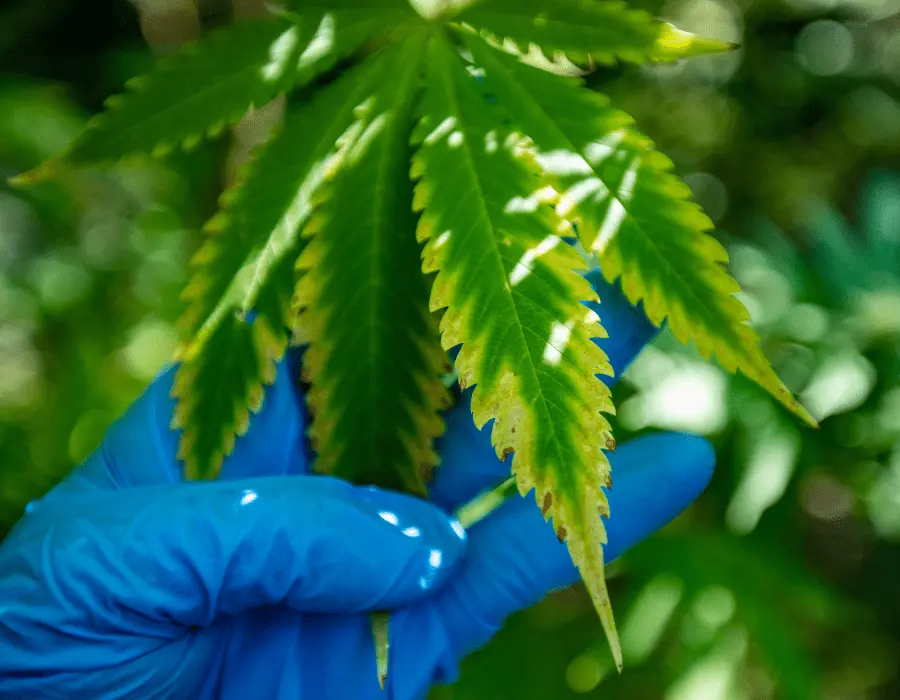Cannabis plants require regular uptake of nutrients to develop into healthy specimens capable of producing dense, trichome-laden, terpene-rich flowers concentrated with cannabinoids such as THC and CBD. Growers who keep their crop on schedule with the correct application of plant nutrients should expect smooth sailing as the plant progresses through the different stages of its life cycle.
Cannabis plants will require different kinds and levels of nutrients as they reach growth milestones: nitrogen (N) for the vegetative stage, phosphorous (P) for the transition to flowering, and potassium (K) for the development of healthy, juicy buds during the flowering stage. The balance of these macronutrients (and other micronutrients, detailed below) is critical to the development of cannabis plants, and the deficit or absence of even a single key nutrient can have detrimental effects on plant health and crop yield.
An important skill to develop is an eye for plant health, as cannabis plants are quite capable of communicating nutrient deficiencies and any health issues. It is up to the grower to take the time to observe their crop regularly for any signs of stress.
Where to Look for Cannabis Nutrient Deficiencies
Nutrient deficiencies will occur when cannabis plants are lacking essential nutrients for vigorous growth. At best, these may manifest as mildly as yellow leaves that indicate a deficit of nitrogen during veg, and at worst, nutrient deficiencies can jeopardise an entire crop as unhealthy plants over time may develop viruses or attract pests that can spread to healthy specimens, reducing yield and quality of flowers.
The cultivator who takes the time to regularly scout their plants will be able to distinguish visual cues from cannabis leaves and overall plant appearance that indicate plant health. A good starting point is to begin observations from a “wide” or “broad” perspective by considering the plants as a whole crop in their grow room and to narrow it down from there.
Are some plants growing slower than their counterparts, or perhaps appear less green or vibrant? If so, the grower can then “zoom in” and assess the individual plant’s qualities.
When observing individuals, the cultivator has several points of reference to consider. These include leaf colouration and lustre, stem strength, overall plant “green-ness”, leaf edges and tips, the status of new growth, and internodal spacing. It’s a long list to keep track of, but over time, the grower who regularly scouts their plants will be able to spot anything that seems out of order as they lock in their eye for plant health.
